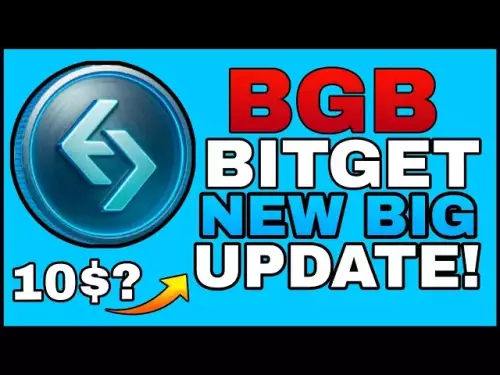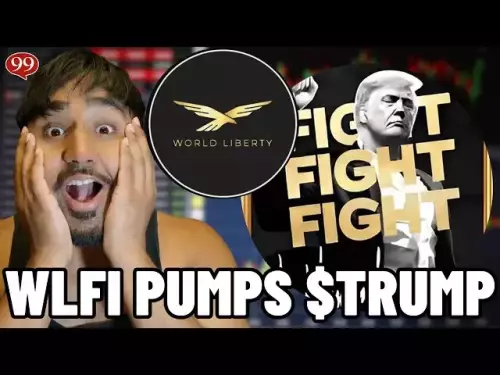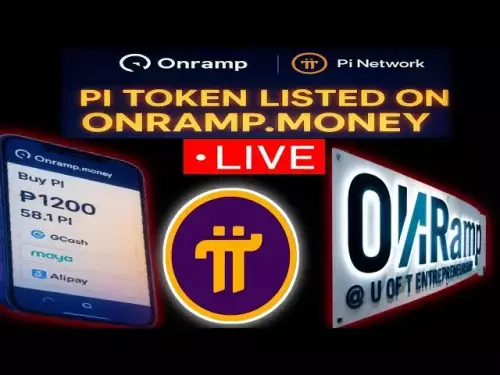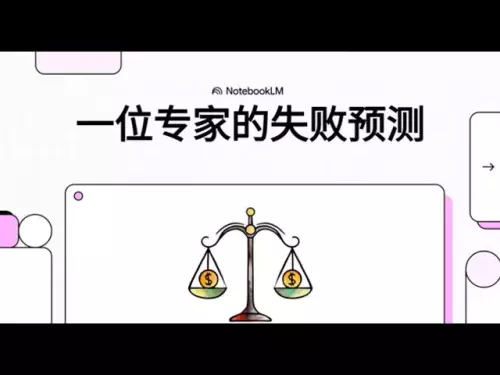-
 Bitcoin
Bitcoin $110300
2.62% -
 Ethereum
Ethereum $4378
-0.34% -
 Tether USDt
Tether USDt $0.9999
-0.01% -
 XRP
XRP $2.797
2.18% -
 BNB
BNB $851.8
-0.22% -
 Solana
Solana $202.3
2.23% -
 USDC
USDC $0.9998
-0.01% -
 Dogecoin
Dogecoin $0.2134
1.75% -
 TRON
TRON $0.3395
0.56% -
 Cardano
Cardano $0.8165
1.39% -
 Chainlink
Chainlink $23.23
1.20% -
 Hyperliquid
Hyperliquid $44.31
0.26% -
 Ethena USDe
Ethena USDe $1.001
0.00% -
 Sui
Sui $3.285
3.78% -
 Stellar
Stellar $0.3611
3.68% -
 Bitcoin Cash
Bitcoin Cash $564.6
5.91% -
 Avalanche
Avalanche $23.78
3.05% -
 Hedera
Hedera $0.2186
1.98% -
 UNUS SED LEO
UNUS SED LEO $9.577
-0.45% -
 Cronos
Cronos $0.2628
-4.43% -
 Litecoin
Litecoin $110.5
2.60% -
 Toncoin
Toncoin $3.141
0.91% -
 Shiba Inu
Shiba Inu $0.00001225
2.12% -
 Polkadot
Polkadot $3.778
2.86% -
 Uniswap
Uniswap $9.555
1.79% -
 World Liberty Financial
World Liberty Financial $0.2341
2.39% -
 Dai
Dai $0.9999
0.01% -
 Bitget Token
Bitget Token $4.695
3.83% -
 Monero
Monero $263.2
-1.55% -
 Aave
Aave $311.1
0.14%
How to read a block explorer like Etherscan?
Etherscan enables users to monitor Ethereum transactions, smart contracts, and token movements, providing transparency and insights into whale activity, contract interactions, and network health.
Sep 02, 2025 at 01:37 pm
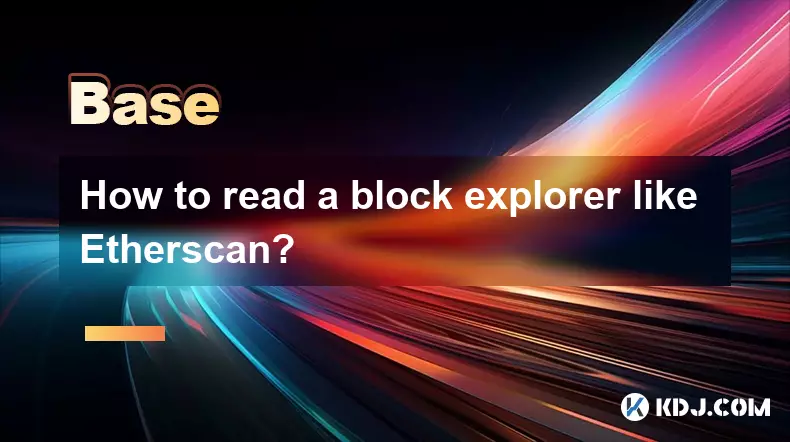
Understanding the Basics of Etherscan
1. Etherscan is a block explorer specifically designed for the Ethereum blockchain, allowing users to view real-time data about transactions, addresses, smart contracts, and network activity. By entering a wallet address or transaction hash into the search bar, users gain access to detailed information about on-chain activity. This transparency is one of the core principles of blockchain technology.
2. Every transaction on the Ethereum network is recorded permanently and can be publicly verified. When you look up an address, you’ll see a list of incoming and outgoing transactions, the amounts transferred, gas fees paid, and timestamps. This data is immutable and secured by cryptographic verification, ensuring accuracy and trust in the displayed information.
3. The homepage of Etherscan features key network metrics such as the current gas price, total number of transactions, pending transactions, and active addresses. These indicators help users gauge network congestion and estimate transaction costs. High gas prices often signal heavy network usage, which can delay transaction confirmations.
4. Each transaction listed includes a unique hash identifier, the sender and receiver addresses, the value transferred in ETH or ERC tokens, and the number of confirmations. Confirmations represent how many blocks have been added since the transaction was included, increasing confidence in its finality.
5. Users can also verify the status of a transaction—whether it’s pending, successful, or failed. A failed transaction usually indicates an issue such as insufficient gas or a smart contract error. The transaction details will include an error message explaining the cause, which is crucial for developers debugging decentralized applications.
Navigating Smart Contract Interactions
1. When an address interacts with a decentralized application (dApp), it often triggers a smart contract. On Etherscan, these interactions are labeled under the “Internal Transactions” or “Contract” tabs. The contract address is usually distinguishable by a small contract icon next to it.
2. Clicking into a smart contract reveals its verified source code (if published), read and write functions, and event logs. Verified contracts allow users to interact directly through Etherscan using the “Write Contract” tab, provided they connect their wallet.
3. Reading contract events such as token transfers, approvals, and mints provides insight into user behavior and project activity. For example, monitoring a new token’s transfer events can reveal early distribution patterns or potential whale movements.4. The “Read as Proxy” feature is useful when dealing with upgradeable contracts. It allows users to view the implementation logic behind a proxy contract, which is essential for security audits and understanding how a dApp functions under the hood.
5. Users can also track token approvals, which show how much ERC-20 allowance a contract has to spend from a given wallet. Excessive approvals pose security risks, as malicious contracts could drain funds if permissions aren’t revoked.
Analyzing Token and Wallet Activity
1. Etherscan supports both ETH and ERC-standard tokens. When viewing a wallet, the “Token Holdings” section displays all associated tokens, their balances, and current values based on market prices. This helps users assess portfolio diversification across different assets.
2. Transaction history for tokens includes transfer events, where users can see the exact amount sent, the recipient, and the transaction fee. Filtering by token type allows for focused analysis, especially useful when tracking stablecoin flows or meme coin trades.
3. Large transfers, often referred to as “whale movements,” can signal market shifts. Monitoring these transactions helps traders anticipate volatility, especially when major holders move significant amounts to exchanges.4. The “Token Approvals” tool lets users revoke unnecessary permissions granted to dApps. This enhances security by preventing unauthorized access to token balances, a common attack vector in the DeFi space.
5. Watchlists allow users to monitor specific addresses without logging in. By adding important wallets—such as project treasuries or known influencers—users stay informed about critical movements without constant manual checks.
Frequently Asked Questions
What does a “pending” transaction mean on Etherscan?A pending transaction is one that has been broadcast to the network but hasn’t been included in a block yet. This usually happens during periods of high congestion or when the gas price is too low to attract miners or validators.
How can I check if a smart contract is verified?On the contract page, look for a green checkmark and the label “Verified Contract Source Code.” Verified contracts display their full code, ABI, and compiler settings, allowing for public scrutiny and interaction.
Can I track NFT transactions on Etherscan?Yes. NFTs built on standards like ERC-721 or ERC-1155 appear under the “Tokens” tab of a wallet. Each transfer is logged as a transaction, showing the token ID, collection address, and recipient.
Why do some transactions show zero ETH value?Transactions with zero ETH value typically involve interactions with smart contracts, such as approving tokens, minting NFTs, or executing trades on decentralized exchanges. The value lies in the function being called, not in ETH transfer.
Disclaimer:info@kdj.com
The information provided is not trading advice. kdj.com does not assume any responsibility for any investments made based on the information provided in this article. Cryptocurrencies are highly volatile and it is highly recommended that you invest with caution after thorough research!
If you believe that the content used on this website infringes your copyright, please contact us immediately (info@kdj.com) and we will delete it promptly.
- Crypto Markets in September: Futures Outflows and the Buyback Burn
- 2025-09-02 21:05:11
- Altcoins for the Long Haul: XRP, DOT, ADA, and the Rise of MAGACOIN FINANCE
- 2025-09-02 21:25:12
- Crypto Assets in 2025: Is Pi Coin Fading, or Can Solana Keep Up?
- 2025-09-02 21:25:12
- Solana, Litecoin, and the Rise of ETH Layer 2: Is Layer Brett the Next Big Thing?
- 2025-09-02 21:30:11
- Binance Alpha, Futures, and PORTAL Listing: What's the Buzz?
- 2025-09-02 21:30:11
- El Salvador's Bitcoin Historical Conference: Deep Dive
- 2025-09-02 20:45:12
Related knowledge

What is a "crypto trading bot" and do they work?
Sep 02,2025 at 04:19pm
Understanding Crypto Trading Bots1. A crypto trading bot is a software application designed to automate the process of buying and selling cryptocurren...

What is a "copy trading" platform?
Sep 02,2025 at 07:00pm
Understanding Copy Trading in the Cryptocurrency Space1. A copy trading platform allows users to automatically replicate the trades of experienced inv...
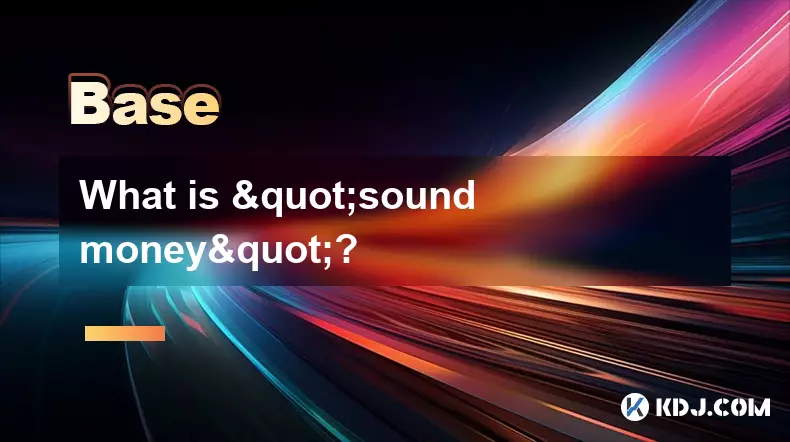
What is "sound money"?
Sep 02,2025 at 09:36pm
Understanding the Concept of Sound Money1. Sound money refers to a currency that maintains its value over time and is resistant to inflation or manipu...
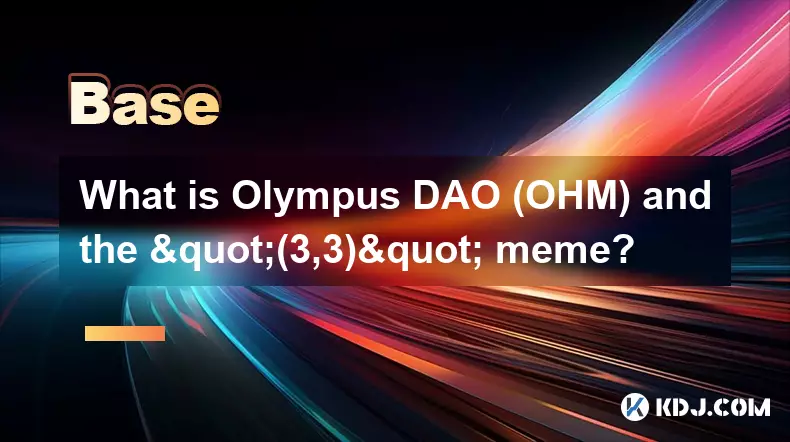
What is Olympus DAO (OHM) and the "(3,3)" meme?
Sep 02,2025 at 06:54pm
Understanding Olympus DAO and Its Core Mechanism1. Olympus DAO operates as a decentralized reserve currency protocol built primarily on the Ethereum b...

What is a "stealth launch" for a crypto project?
Sep 02,2025 at 02:00pm
Understanding the Concept of a Stealth Launch in Cryptocurrency1. A stealth launch refers to the release of a cryptocurrency project without prior ann...
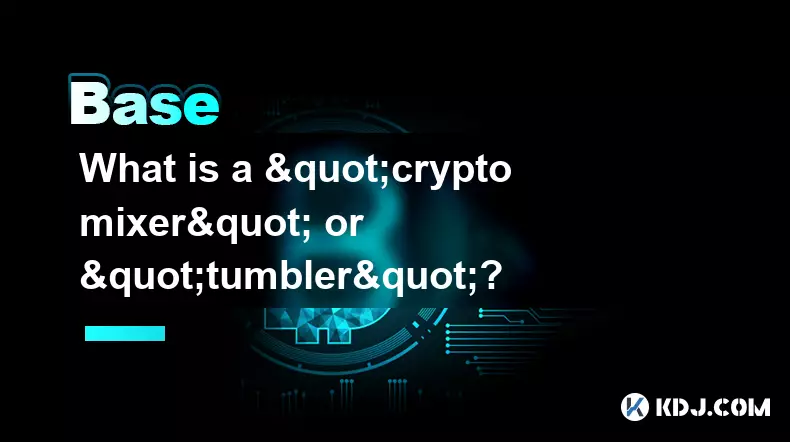
What is a "crypto mixer" or "tumbler"?
Sep 02,2025 at 07:18pm
Decentralized Exchanges Reshape Trading Dynamics1. Decentralized exchanges (DEXs) have surged in popularity due to their non-custodial nature, allowin...

What is a "crypto trading bot" and do they work?
Sep 02,2025 at 04:19pm
Understanding Crypto Trading Bots1. A crypto trading bot is a software application designed to automate the process of buying and selling cryptocurren...

What is a "copy trading" platform?
Sep 02,2025 at 07:00pm
Understanding Copy Trading in the Cryptocurrency Space1. A copy trading platform allows users to automatically replicate the trades of experienced inv...

What is "sound money"?
Sep 02,2025 at 09:36pm
Understanding the Concept of Sound Money1. Sound money refers to a currency that maintains its value over time and is resistant to inflation or manipu...

What is Olympus DAO (OHM) and the "(3,3)" meme?
Sep 02,2025 at 06:54pm
Understanding Olympus DAO and Its Core Mechanism1. Olympus DAO operates as a decentralized reserve currency protocol built primarily on the Ethereum b...

What is a "stealth launch" for a crypto project?
Sep 02,2025 at 02:00pm
Understanding the Concept of a Stealth Launch in Cryptocurrency1. A stealth launch refers to the release of a cryptocurrency project without prior ann...

What is a "crypto mixer" or "tumbler"?
Sep 02,2025 at 07:18pm
Decentralized Exchanges Reshape Trading Dynamics1. Decentralized exchanges (DEXs) have surged in popularity due to their non-custodial nature, allowin...
See all articles





















![[Pycoin] PI Coin -Start introduction of practical use (emergency)?! Now .. 'Here' first you can use it first / How to accelerate mining #paikoin [Pycoin] PI Coin -Start introduction of practical use (emergency)?! Now .. 'Here' first you can use it first / How to accelerate mining #paikoin](/uploads/2025/09/02/cryptocurrencies-news/videos/pycoin-pi-coin-start-introduction-practical-emergency-accelerate-mining-paikoin/68b6ea848f2d1_image_500_375.webp)

